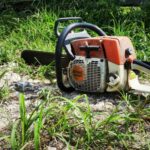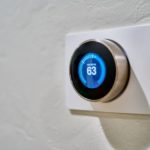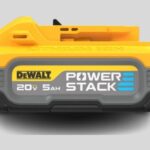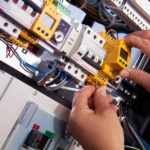Table of Contents
Before we delve into the causes of a malfunctioning ice maker, let us briefly look at how an ice maker works.
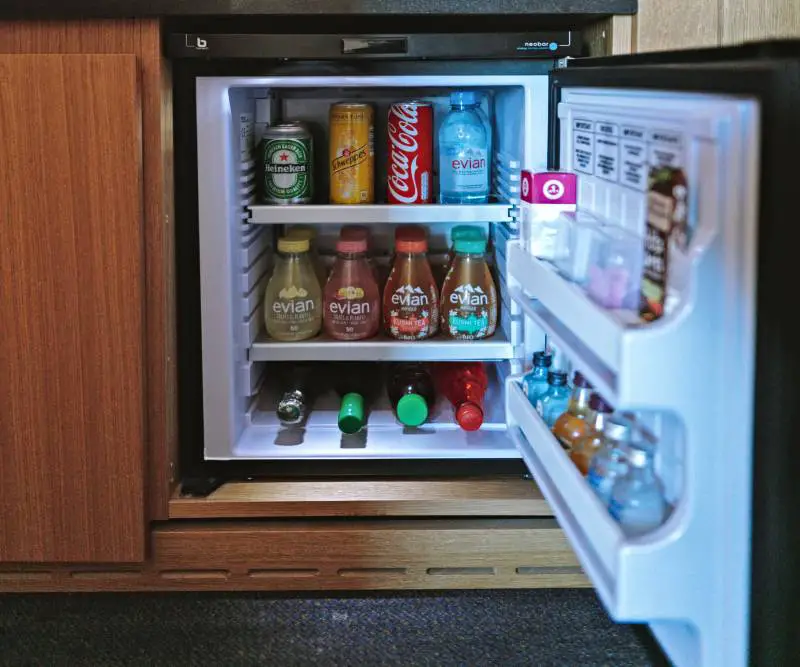
The ice maker receives water via a water supply line that connects to a house’s water supply. This supply line is known as the fill valve. In the refrigerator, the valve empties into a fill tube which leads into an ice assembly. This is where the ice is made.
Once the ice is formed, they are released into an ice collection bin through a heat-controlled mechanism. The bin will empty when the ice tray reaches a given temperature. This will trigger the water supply to refill the tray and the process repeats.
The article looks at how each factor can affect the functioning of an ice maker.
Ice Maker Stopped Working – Top Reasons
Water Fill Tube
The water fill tube is a white rubber-like tube between the inlet valve and the ice maker. It pours into the ice tray.
When the ice maker produces little or no ice, the problem could be a faulty water fill tube. In many instances, the tube would be blocked due to frozen water inside it. Consequently, water does not flow into the ice maker.
The problem might come about due to low water pressure and the presence of foreign objects. The pumped water simply freezes inside the pipes as there is no sufficient force to be jetted out.
Faulty Inlet Valves
The water inlet valve is located underneath or at the back of the fridge. This is the component that connects to the main water supply. Unfortunately, a couple of things can go wrong:
- There are some water inlet valves that come with a screen for filtering debris thus preventing any impurities from reaching the valve. However, if the screen gets clogged, there will be a blockage in water flow, typically characterized by a frozen tube.
- Another cause for a faulty valve is low household water pressure. This causes leaks at the valve section, which freezes up, thus causing a blockage to the water flow.
- A similar problem can be caused by a valve that does not shut off properly. This eventually leads to leaks. The problem is most common with ‘self-piercing’ saddle valves because the small hole pierced into the water line can easily be blocked. An alternative to this valve would require you to drill a ¼ inch hole.
- The other problem causing the malfunctioning of the valve could be traced to its electric supply. There should be a continuity of the electric supply for the proper functioning of the device. This can be easily established by the testing of the solenoid using a multimeter. The reading should be between 200 and 500 ohms. If there is no reading, then the valve should be replaced.
Solenoid
A solenoid is a helical coil that serves as an electromagnet. The solenoid is found at the back or bottom of the fridge, attached to the water line.
If the coil is damaged or not receiving electricity, it can cause the ice maker to malfunction. The solenoid can also accumulate debris on the screen, which can stop the ice maker from working.
Ice And Water Filter
Some refrigerators come with an ice and water filter. It is often placed in an easy-to-find location. However, this varies with manufacturers. Some models have them attached behind the base grill. Some can be found in the water line, yet others connect to the back corner or ceiling.
Most filters are made of carbon and fabric. The purpose of the filter is to prevent any debris or contaminants from reaching the system.
However, the filter can become clogged with dirt, thus interfering with the amount of water reaching the ice mold. Consequently, small to no ice is formed.
Ice and water filters should be replaced at least every six months. This could be more frequent when your local water is hard. There are also different sets of instructions for different refrigerators that owners should be familiar with.
A similar case can be also experienced by a damaged filter.
Ice Maker Control
If the water supply system of an ice maker shows no defect, then the problem could lie with the ice control system. Most modern refrigerators use the heat-release ice makers. The malfunctioning of the device could be either electrical or mechanical.
The ice maker control has the feeler arm, which functions the same way as a toilet float.
It has a spring component that drips to the bottom once the ice tray is empty. However, if the spring is frozen or facing some friction, it could lead to the stoppage of ice production.
The control arm can quickly be displaced when moving things around in the fridge. It is easy to detect the problem because there will be ice in the ice mold that is not ejected.
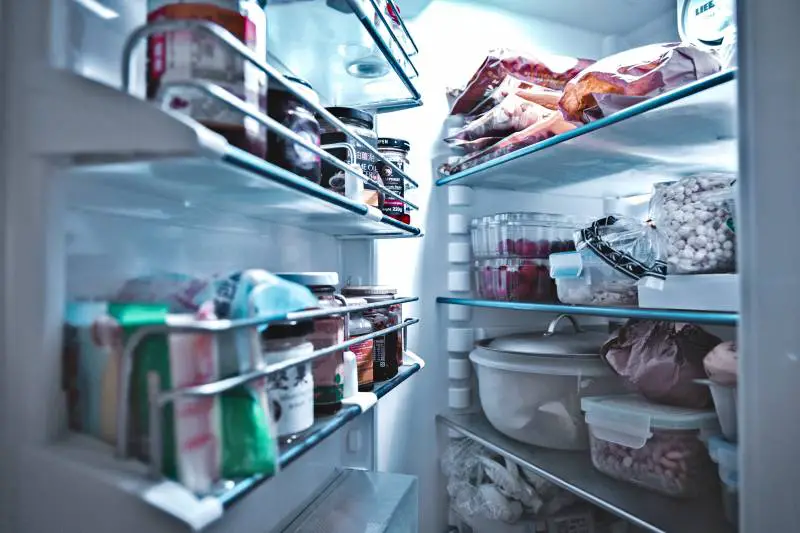
Suppose the control arm is in the correct position, and you have eliminated the water supply problem. In that case, the issue should be with the motor, gearbox, or electrical connection.
The motor is controlled by the door’s switch button, which automatically turns on the lights to the fridge when the door is opened and switches it off when the door is closed. A faulty switch will cause an ejection problem.
Bin Sensor
Some ice makers are fitted with a bin sensor located on the right side of the collection bin that regulates the amount of ice. If the sensor becomes dirty or is blocked by ice debris, the ice maker will cease to function.
Temperature
A fridge works best at an optimum temperature of zero degrees. If the temperature exceeds this, causing the freezer to warm up, your ice maker will likely shut down due to a regulation mechanism. A similar cause can be the amount of food in the refrigerator. The lesser the food, the higher the temperatures inside the fridge.
Ice makers come with an on/off button. They are found in different places depending on the model. If the switch is not turned on then the ice maker won’t make ice.
Scaling
This can come about as a result of calcium carbonate accumulating in areas where water flows constantly. The majority of ice makers make ice by passing water over a freezing evaporation plate. After the ice cube has been formed it is collected.
However, if scale forms on an evaporation plate, the cubes might accumulate instead of being released. The ice cubes may become bigger, thereby damaging the ice maker.
Conclusion
Ice makers come in different placements of refrigerators, but they all have the same basic design and function.
The good news is they can easily be fixed without the help of an expert. The information given in this article covers most problems that you might cause your ice maker to stop working.
Unless it is a problem that requires the expertise of an electrician, it is best you save your money by performing these easy diagnoses. In addition, you can always refer to your manual, and with a bit of effort, your ice maker will be functioning well again.


